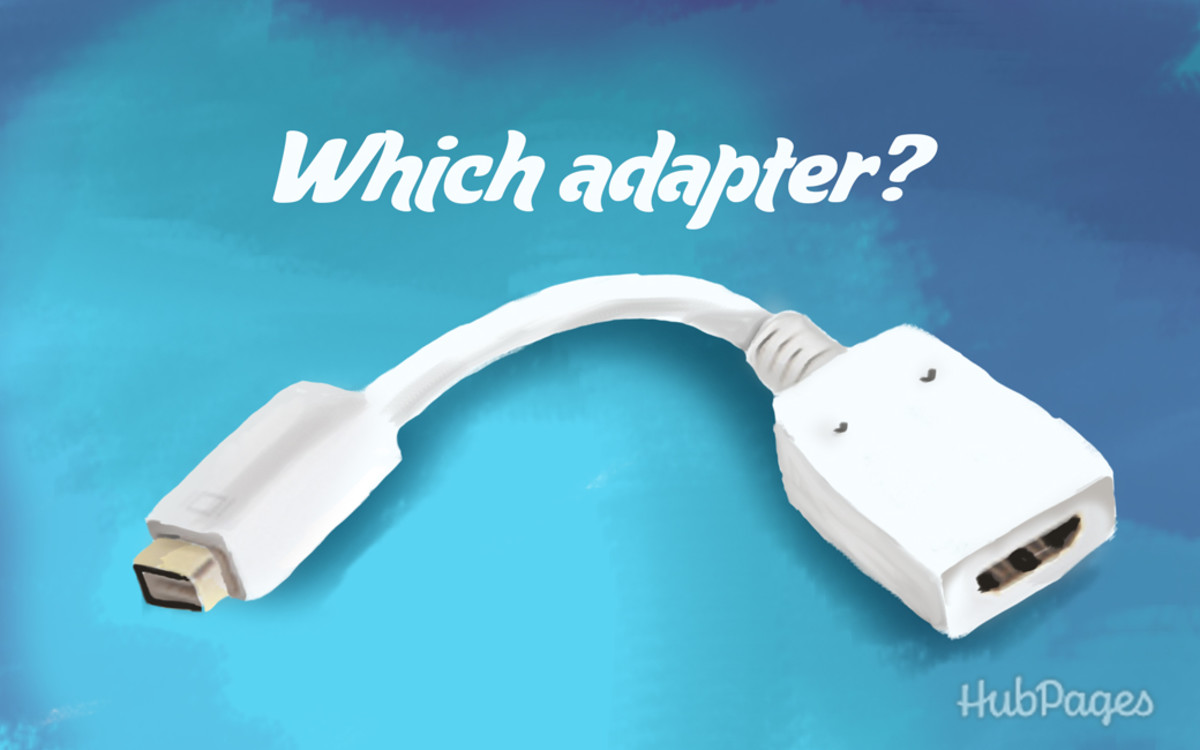

- FAILING TO CONNECT HDMI FROM MAC TO TV INSTALL
- FAILING TO CONNECT HDMI FROM MAC TO TV UPDATE
- FAILING TO CONNECT HDMI FROM MAC TO TV PRO
- FAILING TO CONNECT HDMI FROM MAC TO TV TV
While TV is ON and the device is ON, go to the HDMI input where the device is connected and test if TV is displaying a picture and if the sound is heard. If the issue persists, proceed to the next step.Note: Make sure to insert one end of the HDMI cable into the HDMI output terminal of the source device and the other end into the HDMI input terminal of your TV. Reconnect the HDMI cable securely to the HDMI terminal of each device.Disconnect the HDMI cable from the HDMI terminal of each connected device.Select Apps → System apps → ExternalinputServices → Clear data and Clear cache → OK.Select Apps → See all apps → Show System apps → ExternalinputServices → Clear data and Clear cache → OK.The next steps will depend on your TV model type:.On the remote control, press the HOME button.If the remote control does not have a Quick Settings button:.On the remote control, press the ( Quick Settings) button.If the remote control has a Quick Settings button:.The next steps will depend on your TV model type: Sometimes, a bad connection may occur and cause this problem. Step 2: Disconnect and reconnect the HDMI cable Make sure the connected device is turned on.

FAILING TO CONNECT HDMI FROM MAC TO TV UPDATE
Software update downloads are posted on the support page. Make sure your TV has the most recent system software (firmware) installed.composite or component cable), please refer to There is no picture on the television from the Audio/Video stereo system. If there is no picture on the TV screen when using an analogue cable (i.e. This article troubleshoots problems when connecting an Audio/Video device to your TV with an HDMI cable.If your display uses a video port that’s not available on your Mac, you may be able to use an adapter to connect your display. For newer Mac computers, use a Thunderbolt 3 (USB-C) to Mini DisplayPort adapter to connect the display to your Mac. For newer Mac computers, use a Thunderbolt 3 (USB-C) to Thunderbolt 2 Adapter to connect the display to your Mac.Ĭonnect an Apple LED Cinema Display: Plug the display’s cable directly into the Mini DisplayPort or Thunderbolt 2 port on your Mac.
FAILING TO CONNECT HDMI FROM MAC TO TV PRO
See the Apple Support article Set up and use Apple Pro Display XDR.Ĭonnect an Apple Studio Display: Plug the included Thunderbolt Cable directly into the Thunderbolt 3 port on the back of the display, then connect it to your Mac.Ĭonnect an Apple Thunderbolt Display: Plug the display’s cable directly into the Thunderbolt port on your Mac. For more information about connecting a TV, see Use your TV as a display with Mac.Ĭonnect a display or projector that has a VGA connector: Use a Mini DisplayPort to VGA Adapter to connect the display to the Thunderbolt port on your Mac.Ĭonnect a display to a Mini DisplayPort: Plug the display’s cable directly into the Mini DisplayPort on your Mac.Ĭonnect an Apple Pro Display XDR: Plug the display’s Thunderbolt 3 Pro Cable directly into the Thunderbolt 3 (USB-C) or Thunderbolt / USB 4 port on your Mac. For older displays, use a USB-C Digital AV Multiport Adapter or a USB-C VGA Multiport Adapter to connect the display to the USB-C port on your Mac.Ĭonnect a display, TV, or projector that has an HDMI connector: Plug the device’s HDMI cable directly into the HDMI port on your Mac.

FAILING TO CONNECT HDMI FROM MAC TO TV INSTALL


 0 kommentar(er)
0 kommentar(er)
